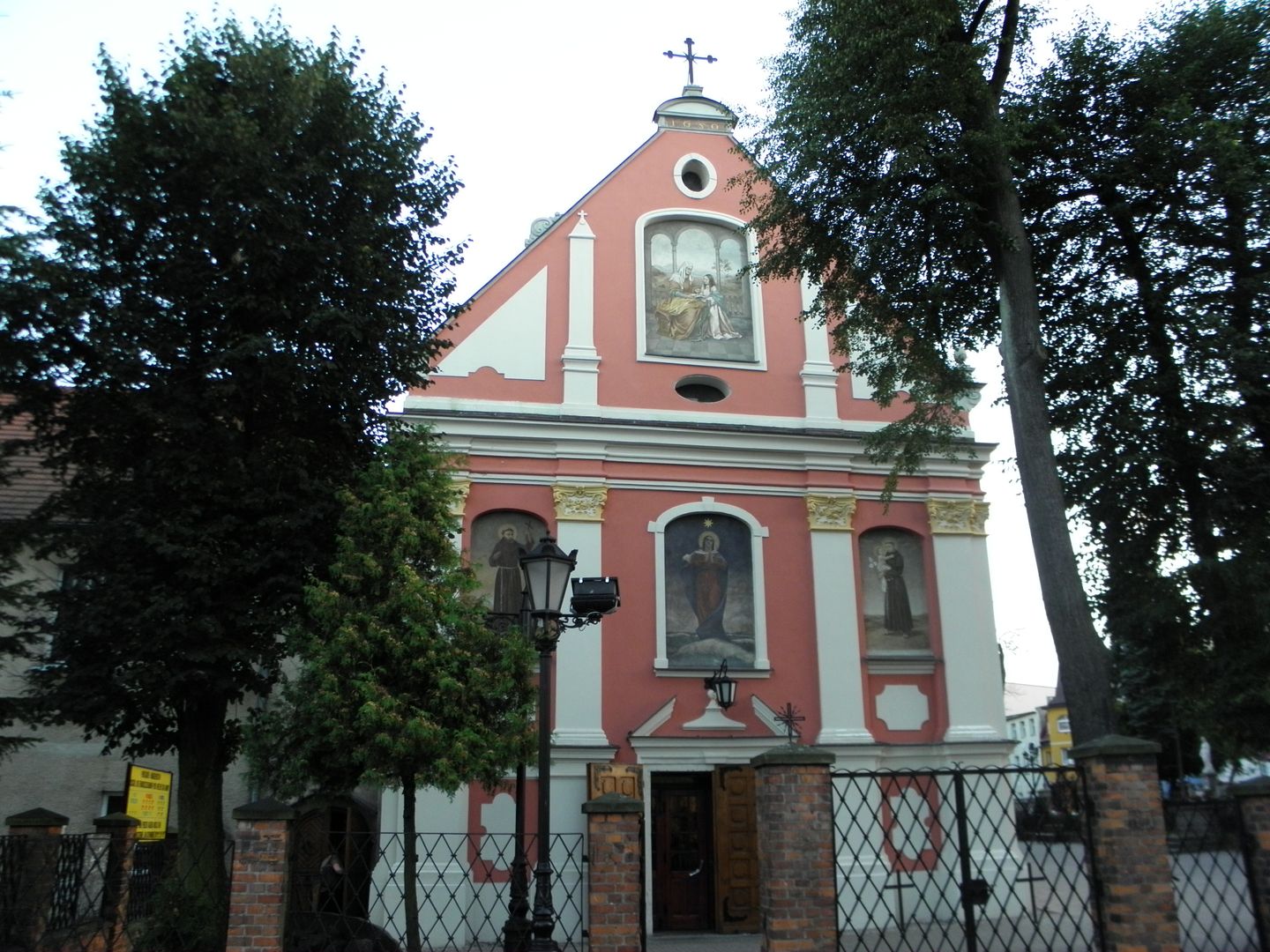Wejherowo
7.8

Overview
Wejherowo, a city in the Pomeranian Voivodeship, is situated on the border of the Kashubian Lake District and the Reda-Łeba Pradolina, along the Reda River. As part of the Kashubian Tricity, Wejherowo serves as the seat of Wejherowo County and the eponymous municipality, with a population of 46,446 residents (2022 data). Founded by Jakub Wejher in 1643, the city received its town rights in 1650. Wejherowo has changed national affiliations over the centuries, having been part of the Polish-Lithuanian Commonwealth, the Kingdom of Prussia, the German Empire, the Second Polish Republic, the Polish People's Republic, and finally modern Poland after 1989. Its architecture is dominated by Baroque, Rococo, and Neo-Gothic monuments, such as the Wejherowo Calvary, founded in the 17th century, the Keyserlingk Palace, and the Holy Trinity Collegiate Church. Wejherowo is known for its rich cultural heritage and serves as a hub for Kashubian regionalism. The Museum of Kashubian-Pomeranian Literature and Music and the Piaśnica Museum highlight local history and culture. The city hosts numerous cultural events, including the Open Arts Festival and the Wejherowo Christmas Market. Points of interest include relaxing in picturesque parks and proximity to the Tricity Landscape Park. A tank monument commemorates events from World War II, and the city is a pilgrimage destination, particularly to the Wejherowo Calvary. Wejherowo is also developing as a sports center, offering diverse sporting events and recreational activities that attract both tourists and residents.
Location
Tickets
Powered by GetYourGuide
You can also find here:
2025 Wizytor | All Rights Reserved
